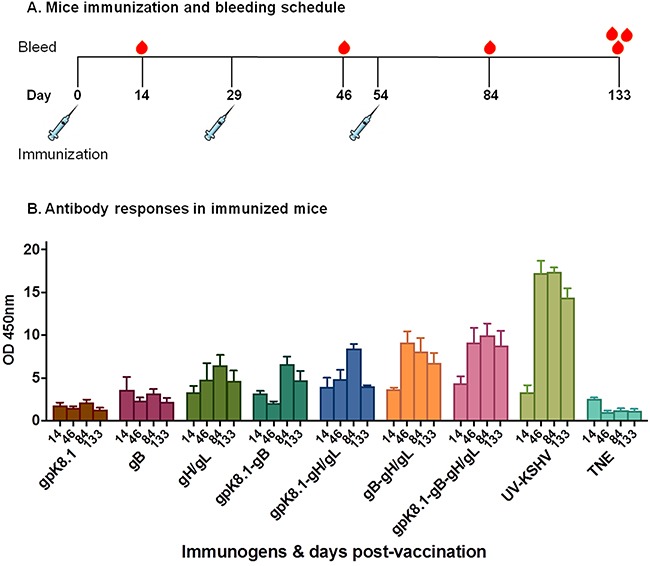Figure 5. Immunization and generation of specific anti-KSHV IgG antibody responses in BALB/c mice.

A. Immunization and bleeding schedule of 6–8-week-old female BALB/c mice. A total of 9 groups of five BALB/c mice each were immunized with 10 μg of purified gpK8.1, gB, or gH/gL VLPs, or a combination of gpK8.1 and gB; gpK8.1 and gH/gL; gB and gH/gL; or gpK8.1, gB, and gH/gL VLPs. Two groups were immunized with either 10 μg of purified UV-inactivated KSHV (positive control) in TNE buffer, or TNE buffer alone (negative control). The immunizations were administered on Day 0 (primary), followed by two boosts on Days 29 and 54, respectively. Mice were tail-vein bled on Days 14, 46, and 84, followed by terminal bleed on Day 133. B. Antibody titers in sera from immunized BALB/c mice were determined by ELISA using lysate from lytically induced iSLK.219 KSHV-eGFP-expressing cells as target antigen. Serum samples from Days 14, 46, 84, and 133 diluted 1:100 in PBS were incubated in microtiter plates coated with iSLK.219 KSHV-eGFP cell lysate. Lysates from iSLK cells (free of KSHV infection) and irrelevant ELL-0 cell lines were used as negative controls. Antibody binding was detected using HRP-labeled goat anti-mouse IgG secondary antibody. The absorbance resulting from serum antibody binding to KSHV-eGFP-expressing iSLK.219 cell lysate target antigen is shown as summary data for each group of mice. Absorbance data are shown as the mean (top of bar) ± the SEM (error bar above bar) for five mice per group (see Supplementary Figure 3 for individual mice at 2 time-point). KSHV VLPs induced increasing titers of anti-KSHV specific IgG antibodies after each immunization.
